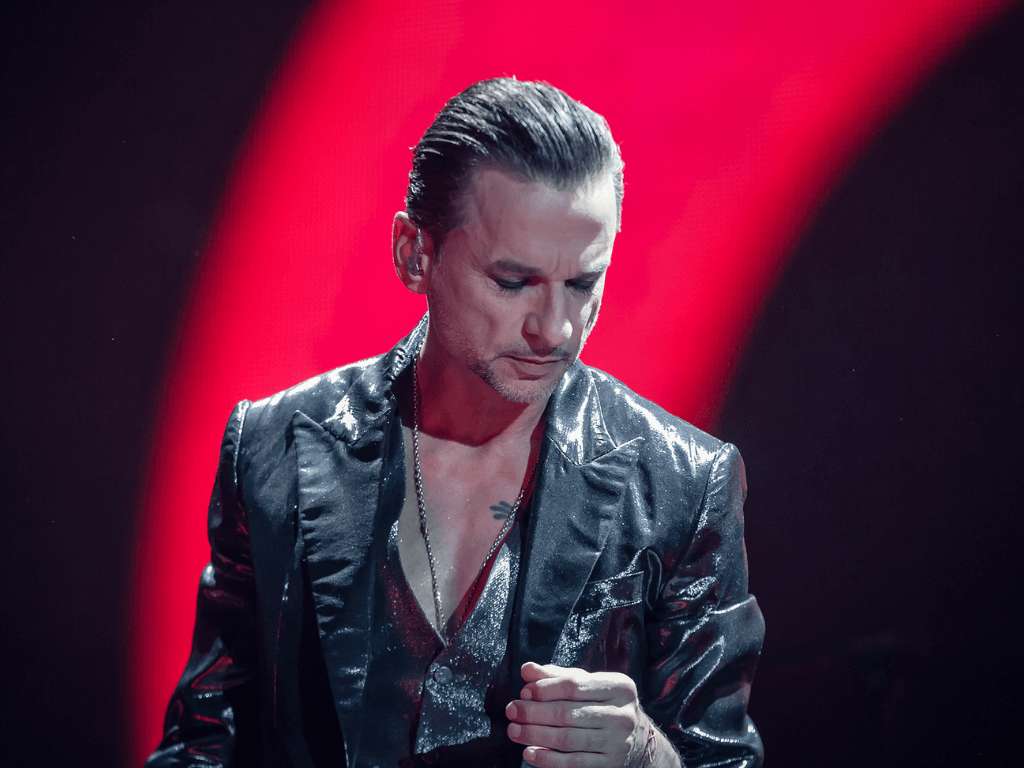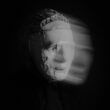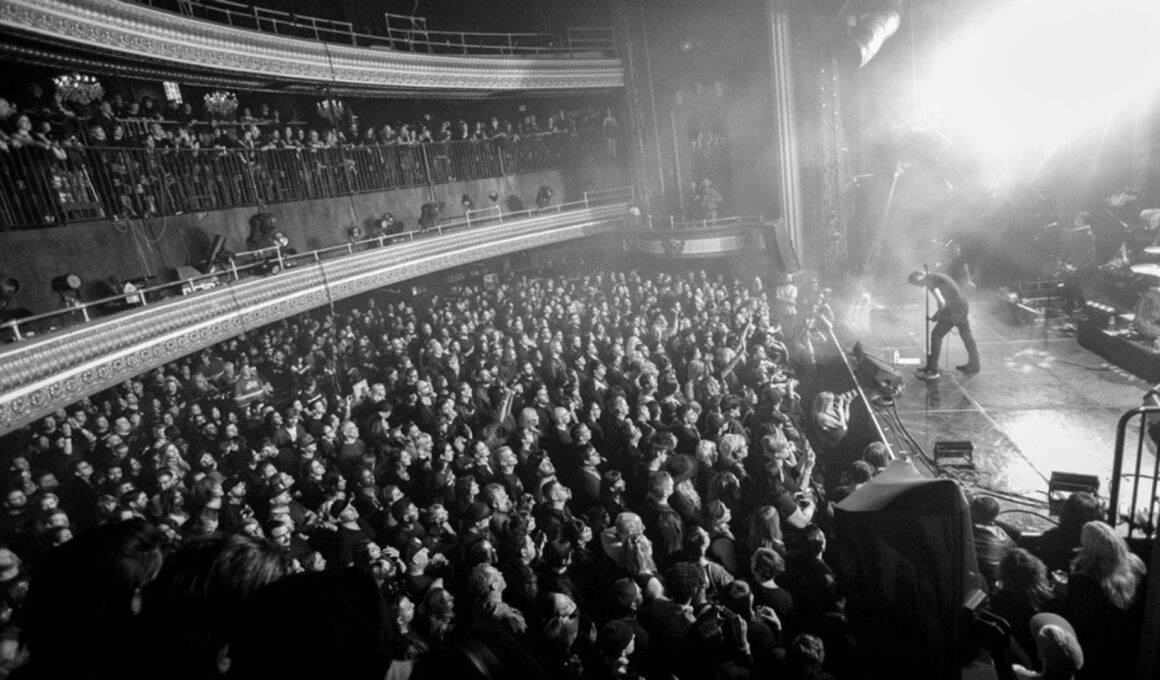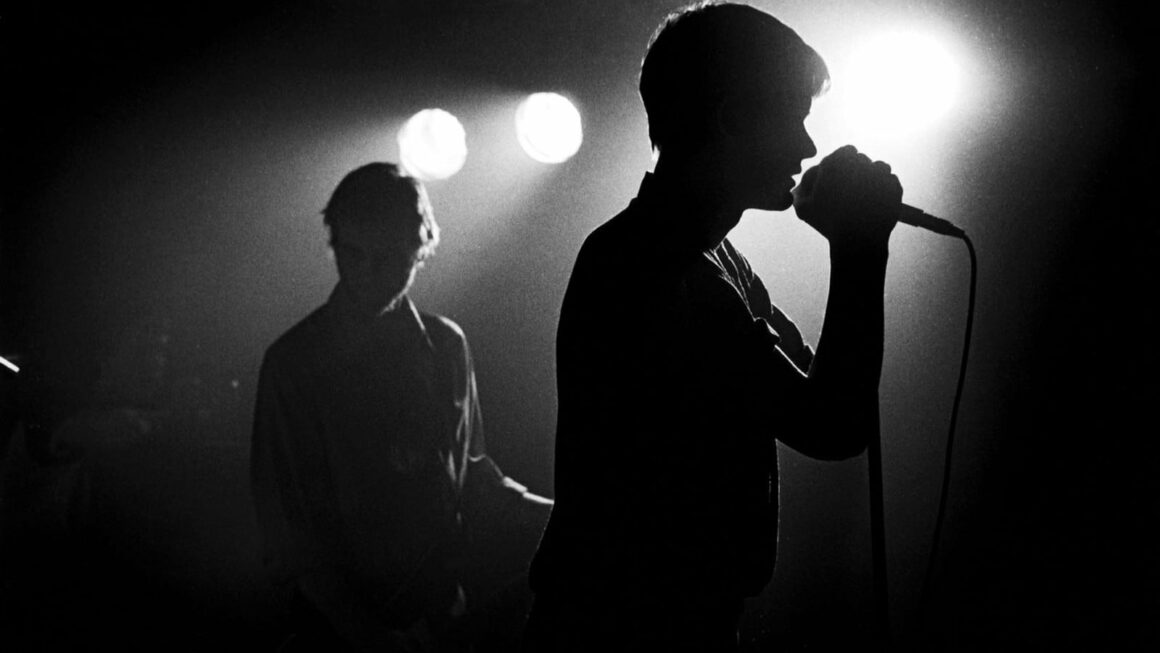
Depeche Mode And The Mystery Of “Strangelove”
How Dave Gahan and Co. sparked curiosity through a perfect combination of lyrics, music, and video.
It is not surprising that many of our most legendary music artists have hidden depths. One striking example is Depeche Mode frontman David Gahan, who revealed at the age of 54 the surprising level of humour that goes into many of the band’s songs. In fact, Gahan spoke to Entertainment Magazine about the dry British irony which conceptualised much of the group’s work, revealing a new side of himself that fans may have been unaware of.
Though “Strangelove” was not a song he explicitly spoke about, this new angle brings layers of meaning to the already heavily analysed lyrics. The song sees him as a narrator who acts out his feelings, talking to himself as much as to his partner. In this way, “Strangelove” has many characteristics of a Shakespearian soliloquy. Combined with a video that features day-in-the-life vignettes and a surrealist, theatrical modelling show, one is presented a piece of art that perfectly sums up the tumultuousness of love and the way the narrator knows it can lead him astray morally.
A quirk about the song was that it originally started off more upbeat but the band decided that it didn’t work with the rest of the album Music for the Masses. What they ended up with is at first glance a dark, noir, and sombre synth-pop song with a singable chorus that worked particularly well with the rest of the goth movement. “Strangelove” begins with a shuddering, rattling rhythm, but eventually opens up into bigger synth sounds that emphasise Gahan’s storytelling and soliloquy practices.
Aware enough that his behaviour may raise a few eyebrows, but also unsure of whether it is love itself which affects him so strongly, Gahan’s character embodies the decadence and arts-driven aesthetics of the goth era. At its heart, “Strangelove” shows self-awareness by warning a lover of the ups and downs involved in a potential relationship with the narrator. With lyrics, music, and video all working together, Gahan creates an uncanny image of one side of the story, leaving the other one up to the listener’s imagination.
Nevertheless, with comments about the band’s very British and subtle sense of humour which has worked its way into many of the other tracks, it’s impossible not to develop at least one interpretation of “Strangelove” as a darkly comedic view of romantic turmoil and the way it can cause people to do crazy things. The lyrics themselves focus very much on the push and pull, or back and forth of tumultuous romantic parings. The way the narrator handles this is by partly justifying them to himself – but also by his self-awareness in the face of this chaos. As a result, and beyond any ironic intentions, the song became deeply resonant with goth listeners in its darkness and dramaticism. In this way, Gahan’s dark humour and irony is not at odds with goth sensibilities. Instead, it is reminiscent of the satirical way artists, writers, and so on have lampooned the topic of love over the years.
“Strangelove” can be interpreted on multiple levels, showing where the band’s genius really lies. This multi-level self-awareness extends not only to the lyrics but also to the video which maintains a similarly contradictory jumble of themes. Scenes of urban life fit with the band’s synth rock and leather-clad industrial aesthetics but avoid some of the more common imagery of the era in terms of excessive emphasis on decadence, dramaticism, and darkness. In fact, one could say that Depeche Mode were opting for an artsier way of interpreting the song through film.
By doing something slightly more subtle, their music resonates both with serious fans in need of accurately mirrored emotional expression but also let the lyrics speak for themselves without overpowering them with imagery. Ultimately, this leaves the listeners as the best judges of the narrator’s inner world, feelings, and intentions.
“Strangelove’s” conceptual themes give a sense of haunting danger at the perils and pitfalls of love whilst also toying with glamourising the narrator’s romance-driven madness through its careful use of aesthetics and the emotion in Gahan’s voice as he sings. By including animated shorts as well as nods to the many different eras of black and white film, the videos and song’s wider concept contain plenty of easter eggs for the viewer who is culturally aware and enough food for thought for many interpretations otherwise.
“Strangelove” appears different when listened to on its own, with the video, or even in the context of the remix “Strangelove ‘88”. And with these differences, whether Gahan is really playing a villain or Byronic hero, is still left unclear even when all elements are added together. “Strangelove” acts as a pastiche of these themes in film and the works which inspired the goth era. In the end, his dry self-criticism followed by justification leave more to the imagination. Whatever your own interpretation might be, “Strangelove” shows the band’s genius in how they manage to pull all the elements together as a cohesive whole – leaving work that sparks curiosity through lyrics, music, and video even without any analysis.
Featured Image by NRK P3









